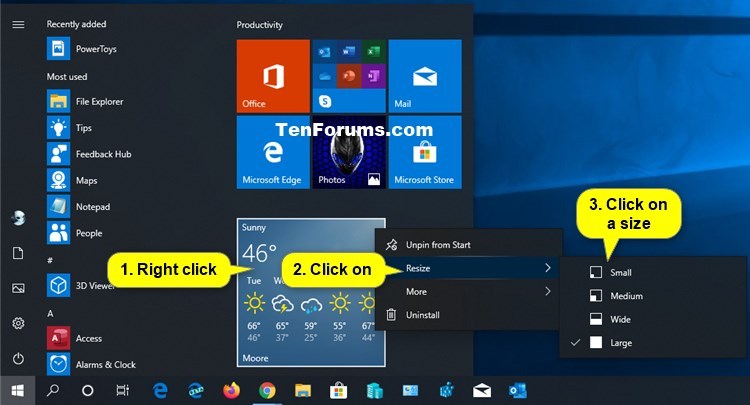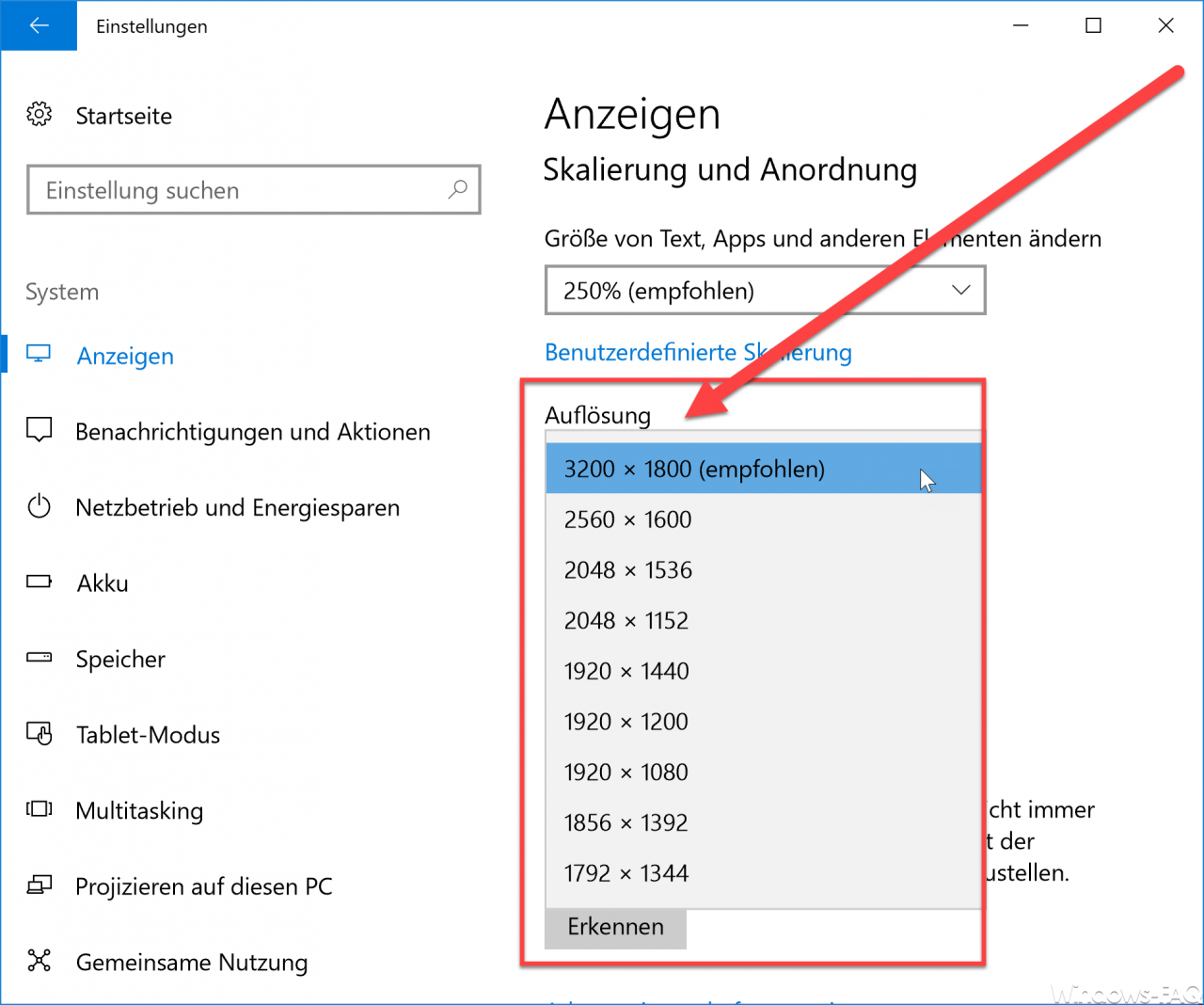
In this case, you can set resolutions individually for each display.

If Mirror Displays isn't enabled, then you're using Extended Desktop mode.

This allows you to optimize for the internal or external display, or even scale the content on both. If you have Mirror Displays enabled (under the Arrangement tab in Displays System Preferences), you'll see an "Optimize for" pop-up menu in the Display tab on both internal and external displays. You can adjust resolutions for displays by choosing System Preferences from the Apple menu and then clicking Displays. If your MacBook, MacBook Pro, or iMac has a Retina display, it automatically optimizes the resolution for the internal Retina display and any external displays that you attach. Using an external display with your Retina display Mac For example, make sure you're using Extended Desktop mode to set the resolution individually for each display: This article also has some useful information for configuring your TV and MacBook Pro resolutions for best use. You can more information about Retina display resolution in Using a Retina display.

This might be give the appearance that the TV is smaller than it should be in System Preferences. It seems like your 32" Samsung TV looks smaller than your MacBook Pro display when you view the Arrangement tab of System Preferences.Īlthough your TV screen is physically larger than your MacBook Pro screen, the display resolution of the 1080p TV (1920 x 1080) is lower than the native (or maximum) resolution of a Retina MacBook Pro display. Thank you for participating in the Apple Support Communities.


 0 kommentar(er)
0 kommentar(er)
